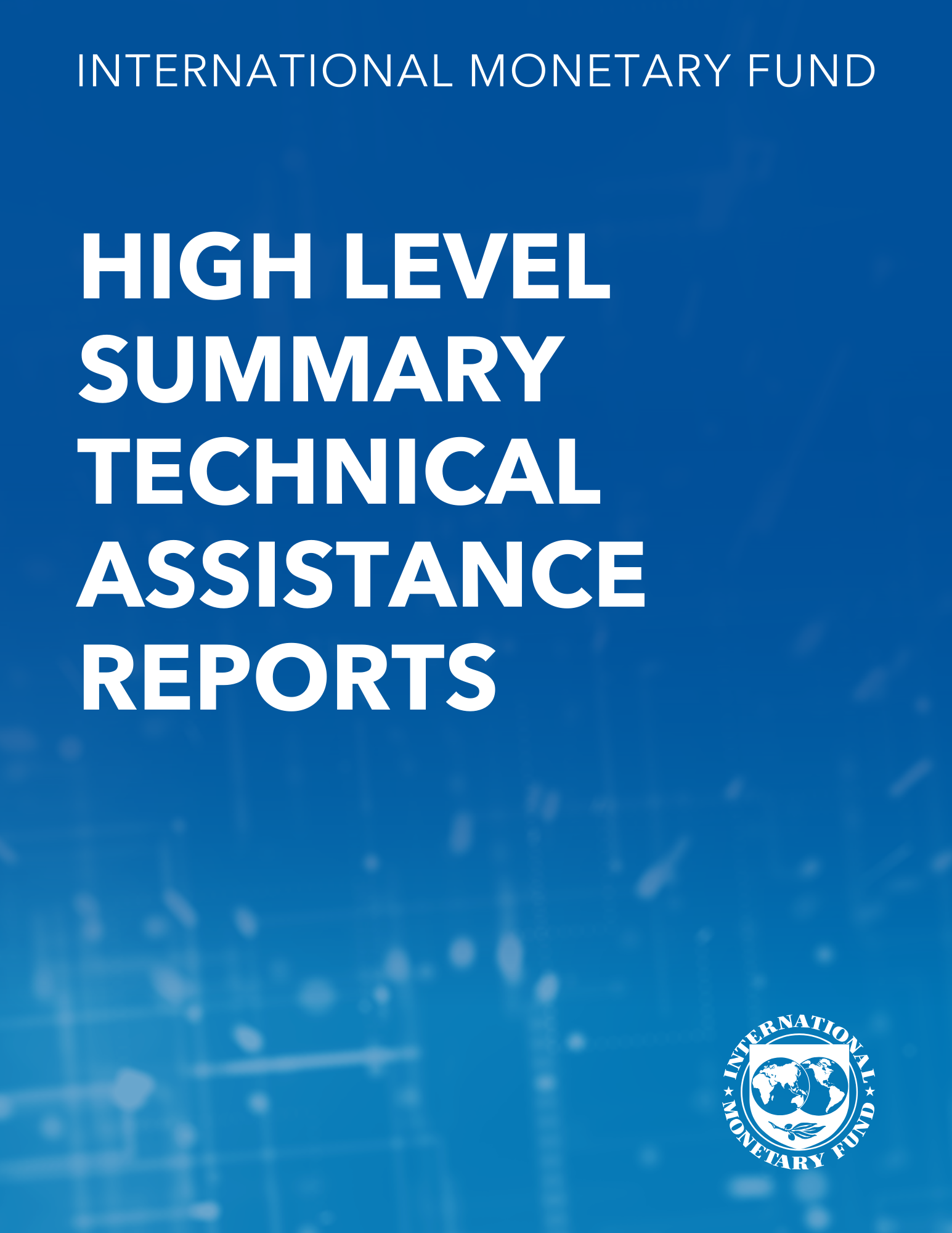The Taxation Implicit in Two-Tiered Exchange Rate Systems
November 1, 1996
Summary
Subject: Exchange rate arrangements, Exchange rates, Foreign exchange, Market exchange rates, Multiple currency practices, National accounts, Personal income
Keywords: Africa, black market, computed debt-service saving, debt service, debt-service saving, equilibrium exchange rate, Exchange rate arrangements, exchange rate practice, exchange rate system, Exchange rates, government debt yield, government yield differential, investment income, investment tax, Market exchange rates, Multiple currency practices, overvalued import exchange rate, Personal income, systems of The Bahamas, trade exchange rate, two-tiered exchange rates, WP
Pages:
26
Volume:
1996
DOI:
Issue:
120
Series:
Working Paper No. 1996/120
Stock No:
WPIEA1201996
ISBN:
9781451854220
ISSN:
1018-5941






